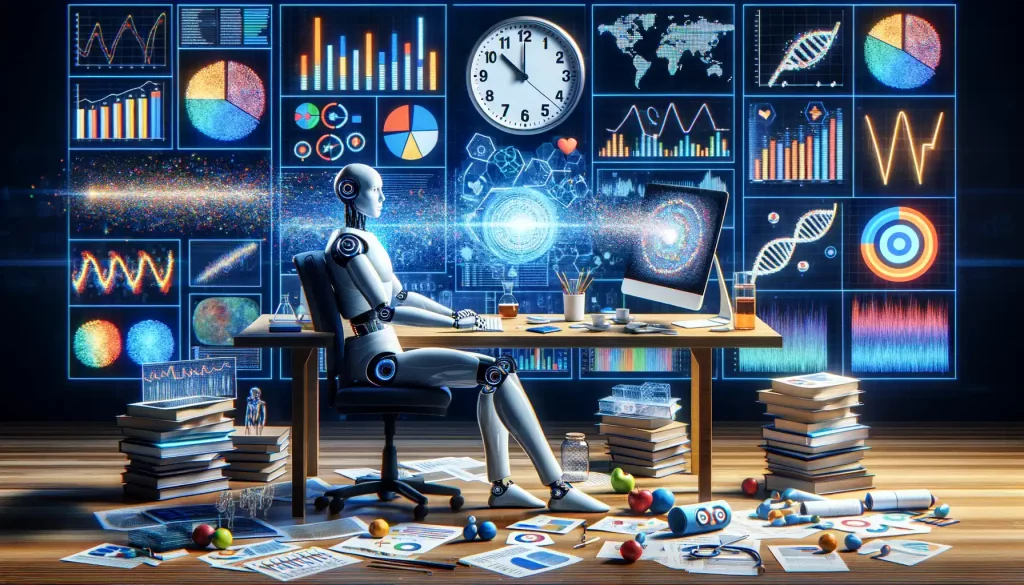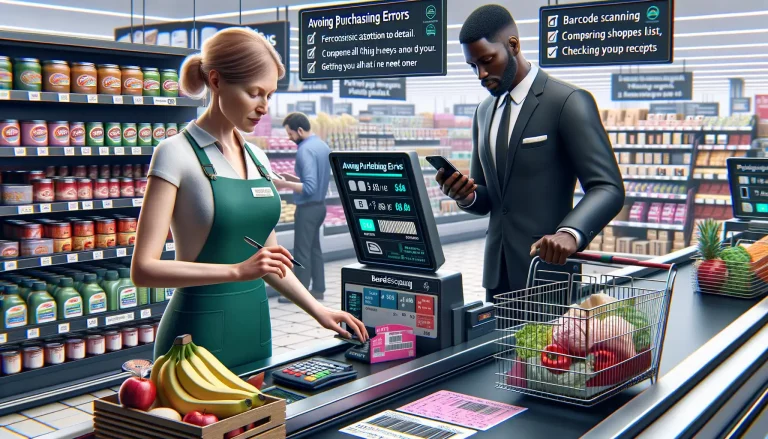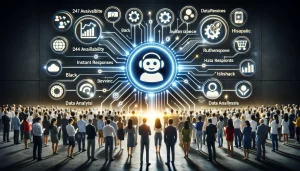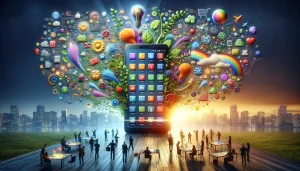Introduction to AI in Public Health Mapping
The world of public health is like a vast, ever-changing puzzle. How do we track disease outbreaks in real-time? Or predict the next health crisis lurking around the corner? Enter Artificial Intelligence (AI)—a game-changer that’s rewiring how we understand and respond to public health challenges.
How AI Brings Clarity to Complex Health Data
Think of public health mapping as piecing together a giant mosaic made up of millions of data points: infection rates, vaccination records, environmental conditions, even social media chatter. It’s overwhelming! But with AI, it’s like having a detective with superhuman speed and memory analyze these pieces. Tools like machine learning algorithms pinpoint trends and patterns humans might miss—like spotting a spike in flu symptoms shared on Twitter before an outbreak occurs.
Here are just some ways these smart systems transform chaos into clarity:
- Predictive modeling: AI can anticipate the spread of diseases with uncanny accuracy.
- Geospatial analysis: It maps health trends across communities, shedding light on underserved areas.
- Data integration: AI stitches together fragmented datasets into one unified picture.
A Personalized Lens for Modern Health Decisions
What makes AI truly captivating is its ability to humanize data. Imagine not just knowing where a disease may strike next, but understanding the “why” behind it. For instance, it might reveal how air pollution worsens asthma rates in a specific neighborhood or how access to clean water impacts child health outcomes. These insights empower policymakers and healthcare workers to focus resources where they’re needed most.
With AI, public health mapping transforms from static charts into dynamic, life-saving stories. It’s not just technology—it’s a lifeline to healthier communities.
Key Benefits of AI for Public Health Data Analysis
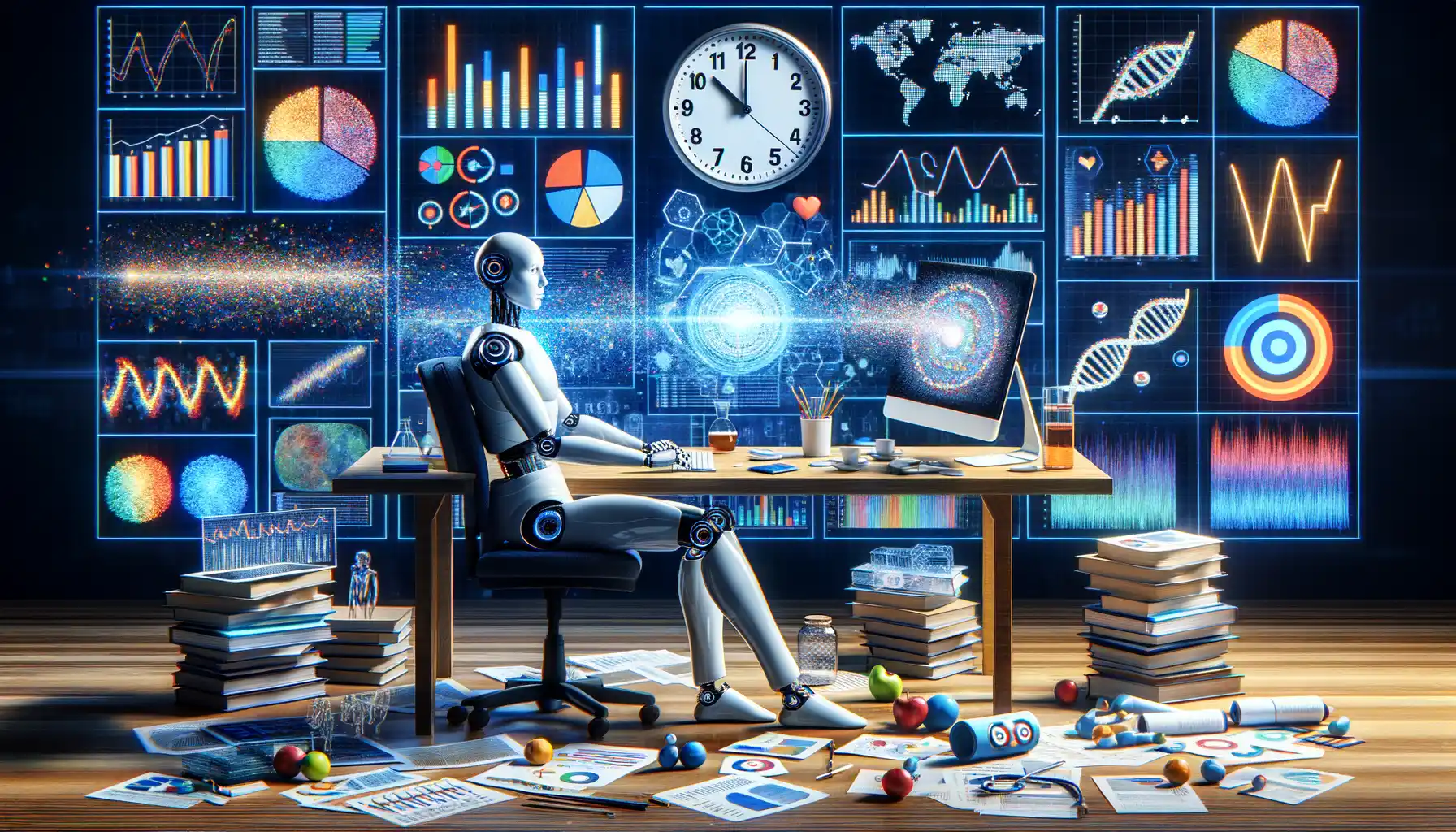
Unlocking Patterns Hidden in the Data
Imagine sifting through mountains of public health data, desperately searching for trends that could save lives. Sounds impossible, right? Not for AI-driven analysis. This technology acts like a digital Sherlock Holmes, rapidly uncovering patterns we’d easily miss. For example, it can analyze data from hospitals, labs, and GPS tracking systems to spot disease outbreaks before they spiral out of control. Did you know some AI models can even predict the spread of illnesses based on weather changes? The speed and accuracy are jaw-dropping.
What’s more, AI doesn’t just stop at detection; it’s a master at diagnosis. For instance, by crunching data on symptoms, demographics, and local risk factors, AI tools are helping identify public health crises in real-time. Think of it as an all-seeing eye, one that keeps communities safer.
- Data overload? AI organizes vast datasets into clear, actionable insights.
- Time-sensitive decisions? AI ensures authorities act faster than ever.
- Complex causation? No issue—AI excels at unraveling the “why” behind the numbers.
Turning Data into Life-Saving Action
AI doesn’t just analyze—it empowers. Through predictive modeling, it helps public health experts prepare for what’s next. Take flu season: AI can identify which neighborhoods will be hit hardest, guiding vaccine distribution to where it matters most. What’s truly revolutionary is how adaptable it is. From air quality monitoring to tracking malnutrition in remote areas, AI tailors its capabilities to meet countless challenges. It’s like hiring the smartest strategist who never sleeps!
By bridging gaps between raw data and human understanding, AI gives us superhuman tools to address profoundly human needs.
AI Technologies and Tools Used in Public Health Mapping
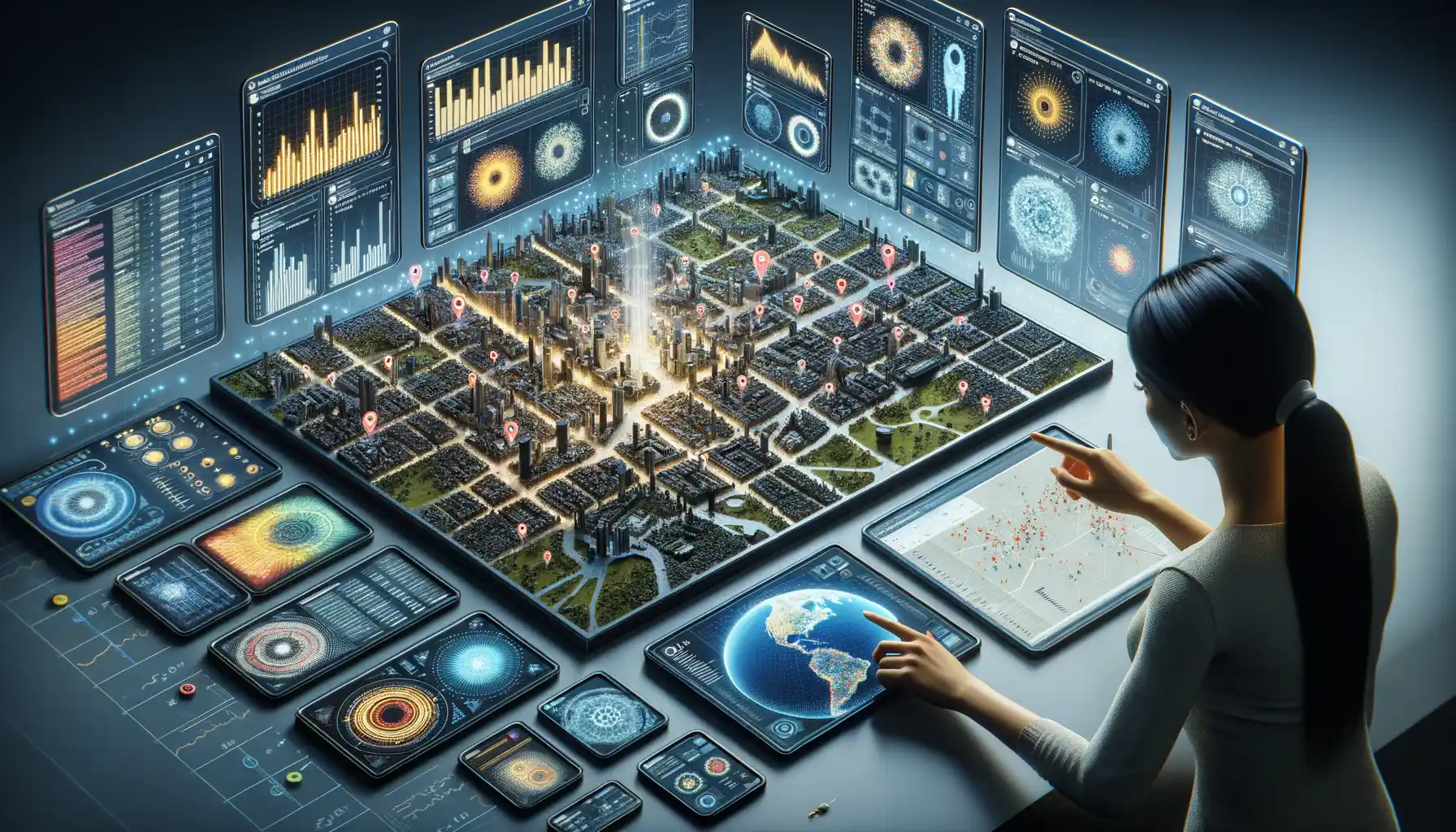
Cutting-Edge AI Gear Changing Public Health Forever
Imagine a world where disease hotspots can be spotted like raindrops on a weather radar. That’s the magic brought to life by today’s advanced AI tools. At the heart of public health mapping, these technologies work like digital bloodhounds, sniffing out trends and patterns buried deep in data mountains. But what exactly powers these miracles?
Some tools, like machine learning algorithms, sift through oceans of raw data—hospital records, environmental stats, population movements—and spit out actionable insights. Others, like computer vision, use satellite imagery to detect environmental conditions tied to disease outbreaks, such as water contamination or urban overcrowding.
Here’s what makes them even cooler:
- Natural Language Processing (NLP): Deciphering medical reports and social media chatter to identify early warning signs of disease.
- Geospatial Analytics: Transforming location-based data into precise maps that guide vaccination drives or disaster responses.
It’s not all just crunching numbers, though. Tools like IBM Watson Health and Google’s DeepMind add a human touch, predicting outcomes with surprising accuracy. These aren’t just technologies; they’re like seasoned detectives, working tirelessly for healthier communities.
Real-Life Examples of AI Impacting Public Health
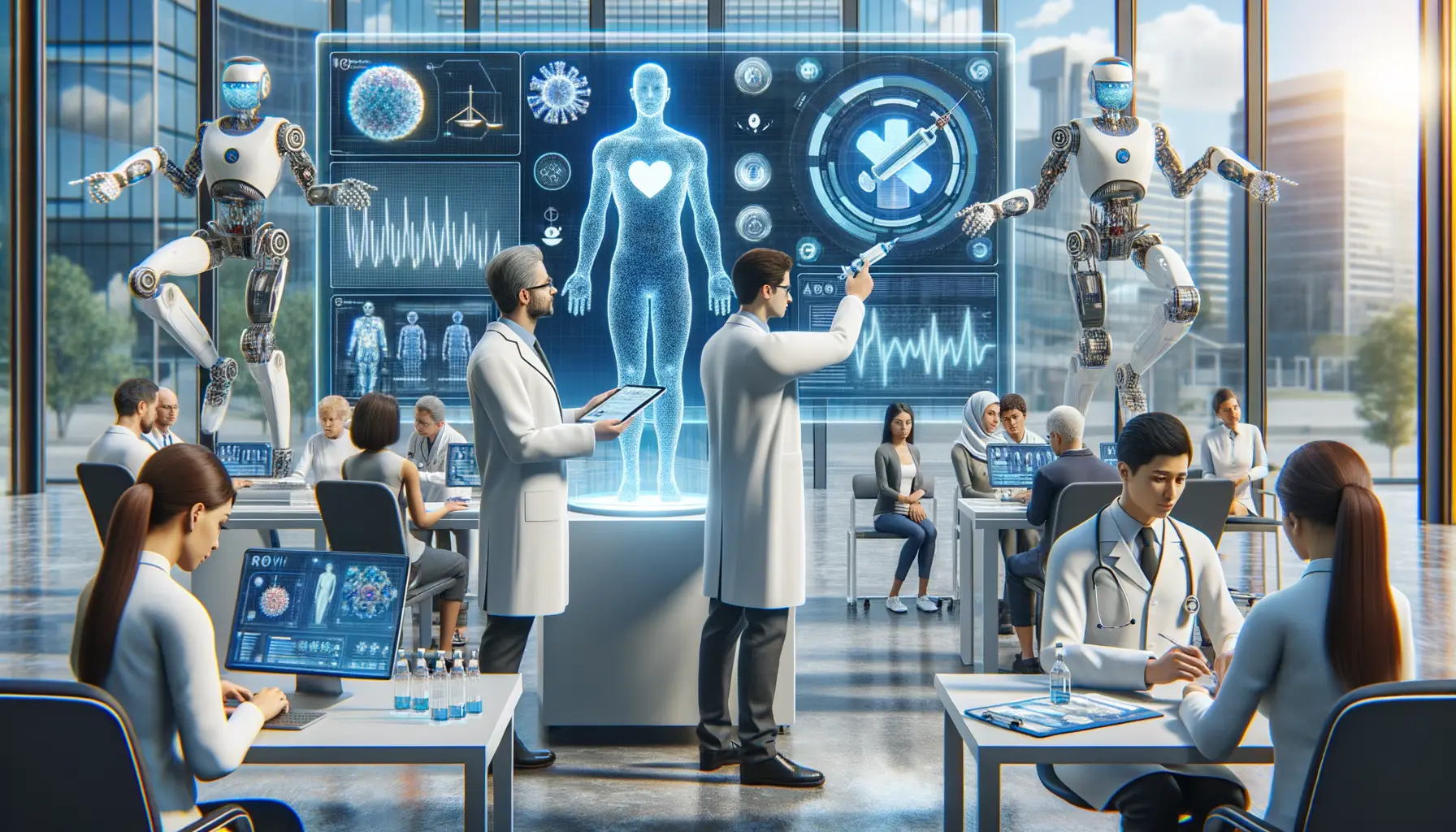
Transforming Disease Outbreak Tracking
Imagine a time when detecting an outbreak took weeks of manual data crunching. With AI, that timeline has shrunk dramatically. Take the example of BlueDot, an AI platform that flagged the COVID-19 outbreak nine days before the World Health Organization issued its alert. It scoured global news, airline ticket data, and even online forums to predict the virus’s spread. Yes, AI didn’t just play detective—it became a proactive guardian.
Here’s another case: researchers in Africa are using AI with satellite imagery to predict malaria outbreaks. By analyzing weather patterns, mosquito breeding grounds, and population data, they can now forecast transmission zones. The result? Targeted intervention campaigns that save lives.
- Real-world impact: Faster response times, better resource allocation.
- Key takeaway: AI doesn’t just connect the dots—it paints the full picture.
Improving Vaccine Distribution Logistics
Picture this: a vaccine shipment heading to underserved areas where every dose matters. In India, AI algorithms are optimizing cold chain logistics by predicting which regions need vaccines first and ensuring delivery routes stay efficient. This isn’t just math—this is real-time problem-solving that prevents wastage and ensures everyone gets their shot at life.
Then there’s IBM Watson, helping public health officials streamline vaccine storage by analyzing temperature data and shelf-life predictions. The ripple effect? Fewer breakdowns in distribution chains and happier communities. These advancements aren’t futuristic—they’re happening now.
AI is doing more than solving problems; it’s rewriting the rules of what’s possible, one life at a time.
Challenges and Future Outlook of AI in Public Health
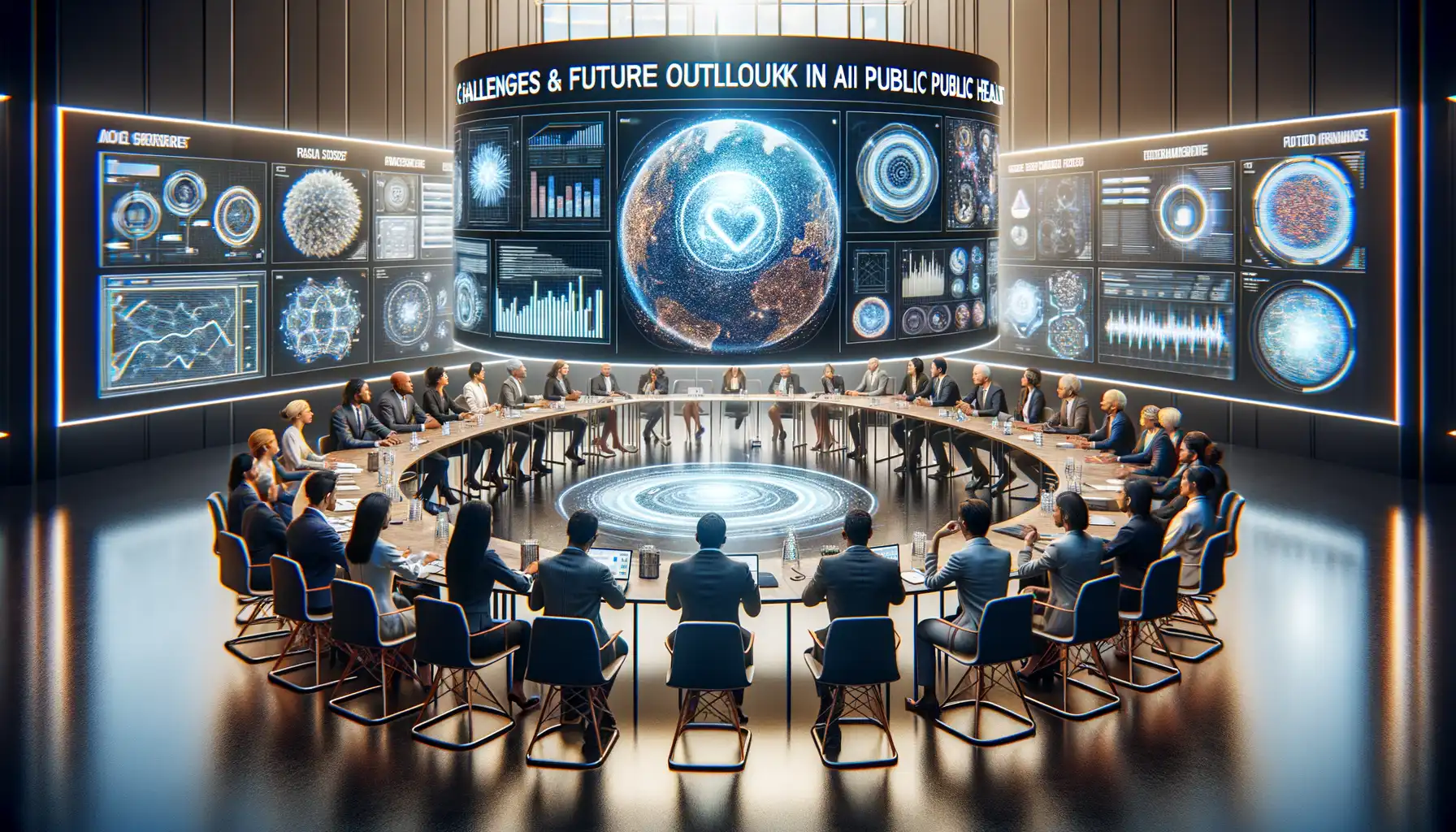
Obstacles That Keep AI from Reaching Its Full Potential
AI in public health feels a bit like a brilliant but complicated friend—it’s brimming with potential, yet tangled up in challenges. First off, there’s the age-old nemesis: data privacy. Imagine trying to balance on a tightrope blindfolded—that’s what navigating sensitive health information can feel like. Ensuring anonymity while gathering meaningful insights creates an ongoing dilemma.
Then there are the glitches that arise when AI meets underrepresented populations. If the data pool isn’t inclusive enough, outcomes can be skewed and, ultimately, unfair. Picture a puzzle missing several key pieces—it just doesn’t work. And let’s not forget the patchwork of regulations across countries. It’s as if every nation is speaking its own language on what AI should do—and shouldn’t.
- Ethical dilemmas: Where’s the line between intervention and overreach?
- Technical barriers: Many systems lack the muscle to process AI solutions.
Looking Ahead: The Exciting Unknown
While challenges abound, the future looks like a canvas painted with possibility. Consider the rise of democratized technology—what if rural areas had AI-powered early disease detection? The idea isn’t just hopeful; it’s revolutionary. Collaboration will also be the secret sauce—unifying tech innovators, public health officials, and community voices. This isn’t science fiction; it’s achievable.
